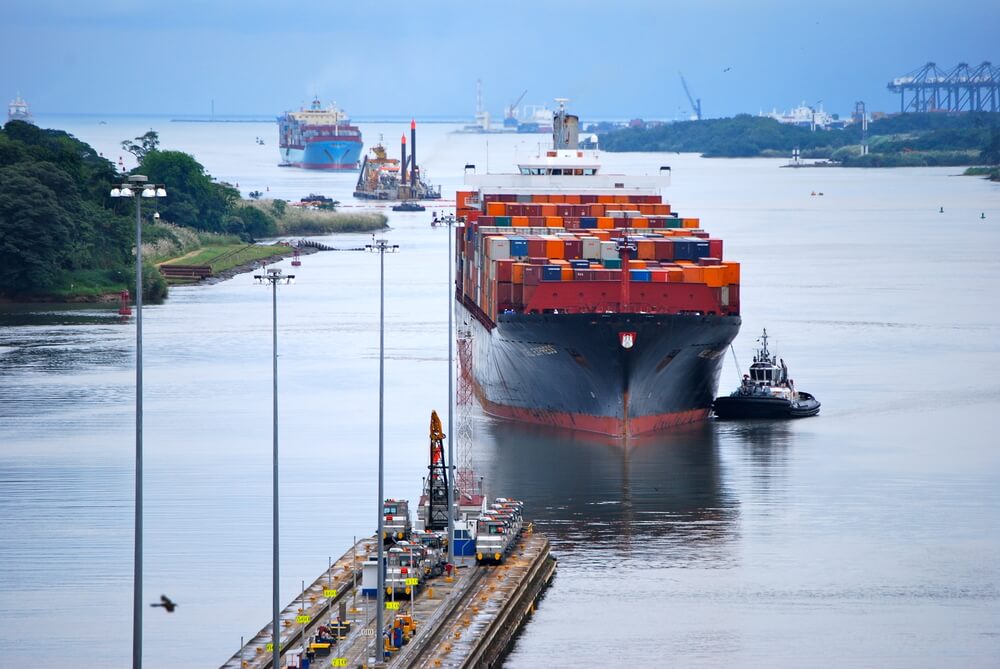I dislike being duped - who doesn’t? One of the most spectacular sights I always wished I could time travel to witness was something I read about the Suez Canal. An artery between the north Atlantic and northern Indian oceans, and connecting the Med and Red Seas.
The legendary opening in November 1869 was, I was assured by what I believed to be a reliable source, a spectacular performance by an operatic diva who performed Aida on a burnished barge.
Not so. For a reason I cannot fathom, exporting Aida when there was a war raging (the Franco-Prussian super skirmish - the one where Castor and Pollux, a pair of elephants in the Paris zoo were killed and eaten along with many other animals) was too much of a risk for composer Giusseppe Verdi, who deferred the performance in Egypt for 2 years, and set up Rigoletto instead, in the Cairo Opera House. In fact, the only nod to Lesseps’ Frenchness was to allow the yacht belonging to the Empress Eugenie to be first to sail the canal.
Several European freight giants have reluctantly withdrawn from the Suez route and been forced to circumnavigate Africa instead
I still haven’t seen the Suez Canal, nor am I likely to given the current attacks in the Red Sea from Yemen-based Houthi militants as Iranian-based revenge for Israeli aggression towards Hamas. Several European freight giants have reluctantly withdrawn from the Suez route and been forced to circumnavigate Africa instead - time-consuming and expensive.
How do you follow a mind-blowing project like the Suez Canal? You set about repeating the achievement on another couple of oceans on the other side of the world.
Flushed with success, Lesseps decided to create a canal that joined the Pacific and Atlantic Oceans, avoiding manoeuvring the hazardous waters around the tip of Latin America (the Magellan Strait).
This was going to produce a spectacular improvement in global transportation But it turned out to be one of the most difficult engineering projects ever.
The Panama Canal
Unlike Suez, Panama needed rock blasting rather than sand. It also caused terrible death rates amongst its workers. Tropical diseases - first, malaria, which struck widely and prompted the workers to place bowls of water under the legs of their bunk beds.
As was intended, the water drowned the mosquitos which were causing the malaria, but the infection brought on by dead mosquitos triggered an outbreak of deadly yellow fever.
The French finally abandoned the project and the Americans took over and eventually finished the project in 1914. Finally in 1999, full ownership was granted to Panama, and it is now managed by the Panama Canal Authority.
It’s a terrific sight. You can gaze at the amazing Miraflores locks which lifts the transiting ships over the southern part of the canal and you can head for the visitor centre to observe them entering.
 The Panama Canal has suffered what a canal should not suffer - a severe drought
The Panama Canal has suffered what a canal should not suffer - a severe drought
Someone will take you out on a speedboat and you can fish while being bombarded by pelicans. You can sail into one of the many strange little lagoons attached to the canal for mysterious reasons, and get bawled at to leave immediately. If you’re looking for suspected drugs transporting rust buckets, you’re in the right place.
But not at the moment. Tomorrow’s Affairs has not only reported the Suez horror story, but the Panama Canal’s, which has suffered what a canal should not suffer - a severe drought.
The consequences have been so severe that the canal ruling authority has announced it will significantly raise the number of available slots. As a waterway, the canal needs millions of litres from an artificial lake to operate it. Freight transporters are already seeking alternative routes.
Of course, there are many other canals in the world: the Erie, the Kiel, the Corinth, the Grand; I live near the Caledonian Canal which used to be in huge use despite being built on a seismic fault. I have only written about the two that dominate the planet.
We need our waterways!